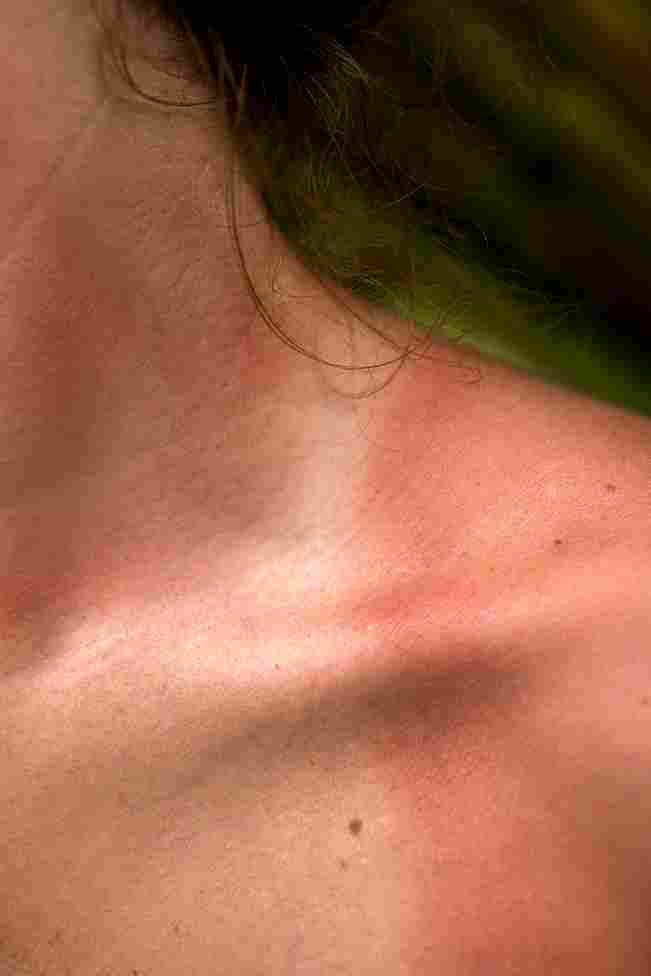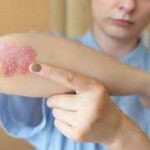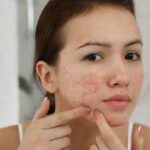Is hyperpigmentation affecting your lifestyle? In this blog, you will learn what it is. Its causes, and what are the different types and treatment options for them?
What is Hyperpigmentation?

Hyperpigmentation can easily be noticed as dark patches or dark spots on someone’s body. It is a common skin condition caused by excess production of melanin. It makes some areas of the skin darker than others and leads to brown, pink, grey, or black spots or patches on the body. These patches are usually known as age spots, sun spots, or liver spots.
Symptoms and Causes
Hyperpigmentation can affect people of all skin types and can develop anywhere on the body. Mostly, it occurs on the parts of the body with the most sun exposure, including the face, arms, and legs.
What Causes Hyperpigmentation?
One of the most common causes of hyperpigmentation is the excessive production of melanin. Melanin is responsible for determining the skin colour of any person because it is made up of skin cells. If you experience any dark patches or spots on your skin, immediately consult your healthcare provider. Various other reasons can lead to the production of dark patches on the skin, including the following:
- Hormonal changes during puberty and pregnancy
- Medications, including control pills, can lead to hyperpigmentation as a side effect.
- Genetics
- Lack of certain vitamins, such as B12 and folic acid, can lead to spots.
- Excessive exposure to the sun leads to increased production of melanin, which can cause dark spots or patches known as age spots or sun spots.
- Thyroid disorders
Types of Hyperpigmentation
There are different types of hyperpigmentation, and that also affects people differently. The most common types of hyperpigmentation include melasma, age spots, and post-inflammatory inflammation.
- Melasma

Melasma is a skin condition that causes dark and discoloured patches on the skin. It is usually caused by hormonal changes that happen during pregnancy. In this type of hyperpigmentation, dark patches usually appear on the stomach and face. However, it can also occur as brownish-coloured patches on the neck and forearms.
It is mostly caused by stress, thyroid disease, and continuous exposure to the sun.
- Age spots
Age spots, also known as sun spots or liver spots, are the most common form of hyperpigmentation. It mostly occurs because of the increased production of melanin when the skin is excessively exposed to the sun. Melanin is a natural pigment that is responsible for giving our skin its colour and also acts as a natural sunscreen. When skin gets exposed to continuous sun rays, it leaves dark patches on areas like the hands and face.
- Post-inflammatory hyperpigmentation
In this type of hyperpigmentation, spots mostly occur when the skin produces extra melanin after being injured or when it gets irritated. PIH can affect the epidermis or dermis, which are the skin’s surface layer and deep layer.
It can be caused by infections, bug bites, acne, psoriasis, rashes, or allergic reactions.
Treatment Options for Hyperpigmentation
Treatment options for hyperpigmentation depend on the reasons and symptoms you show. There are various treatment options for treating hyperpigmentation, from chemical peels and face acids to lightening creams that somehow lower the appearance of pigmentation on the body.
01. Chemical peel

A chemical peel includes a chemical solution to improve the skin’s appearance. It is also known as chemexfoliation, in which a chemical solution is applied to your skin to peel the upper layer of the skin and lead to more youthful skin.
02. Herbal Remedies

Ayurveda utilizes various herbs and natural ingredients with skin-lightening properties. Some commonly used herbs such as aloe vera, turmeric, sandalwood, and neem can be applied topically as pastes or incorporated into creams or oils.
Additionally, preparing and applying face packs using Ayurvedic ingredients can also help reduce hyperpigmentation.
03. Internal Herbal Remedies
Internal herbal formulations may be prescribed to someone who has hyperpigmentation to address its root cause. These may include herbs such as Manjistha and Triphala to help purify the blood and improve skin health.
04. Lifestyle and Diet Modifications
In this case of skin issue, following a pitta-balancing diet that includes cooling foods like fresh fruits, vegetables, and herbal teas is recommended.
05. Stress Reduction
Stress can contribute to imbalances in the body, including hyperpigmentation. Incorporating stress-reducing practices such as yoga, meditation, and pranayama into daily routines can help reduce stress and improve skin health.
CONCLUSION
Hyperpigmentation makes some areas of the skin darker than others and is caused by overexposure to the sun. It can be seen on any part of the body, but mostly it affects areas such as the face, hands, and neck.
With the wide variety of treatment options available, such as chemical peels, herbal remedies and ayurvedic face packs, hyperpigmentation can easily be treated. However, some lifestyle modifications, like avoiding long-term exposure to the sun, applying sunscreen, and wearing protective clothing, are the best ways to prevent and reduce hyperpigmentation.
Want an end to your skin problems? Reach us at the Ayursparsh Clinic and Panchakarma Centre in Dharwad, Karnataka.
If you are noticing any symptoms in your body related to hyperpigmentation, consult Dr. Rashmi Patil, who is best known for treating various skin diseases like hyperpigmentation, acne, psoriasis, and eczema.




